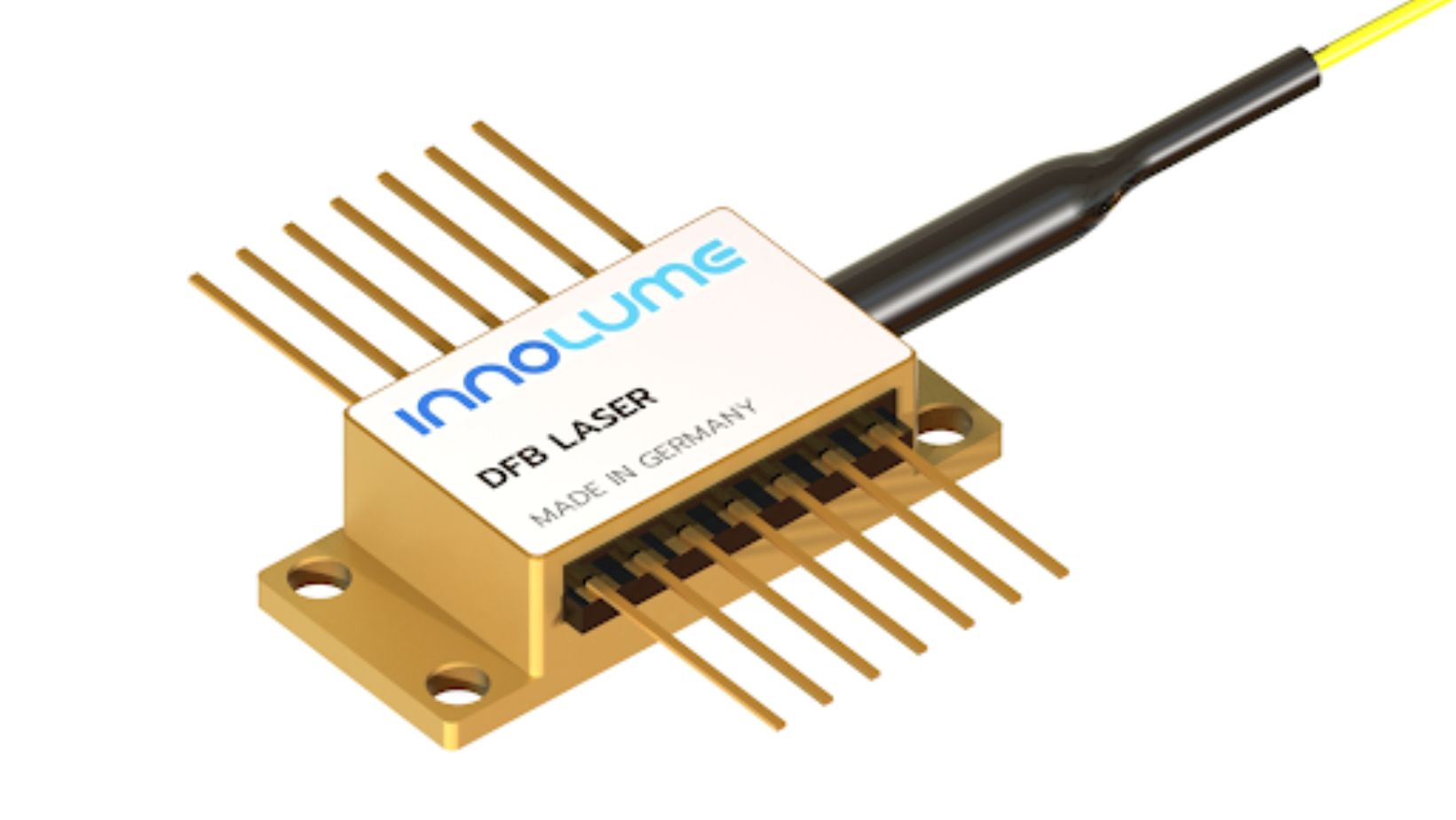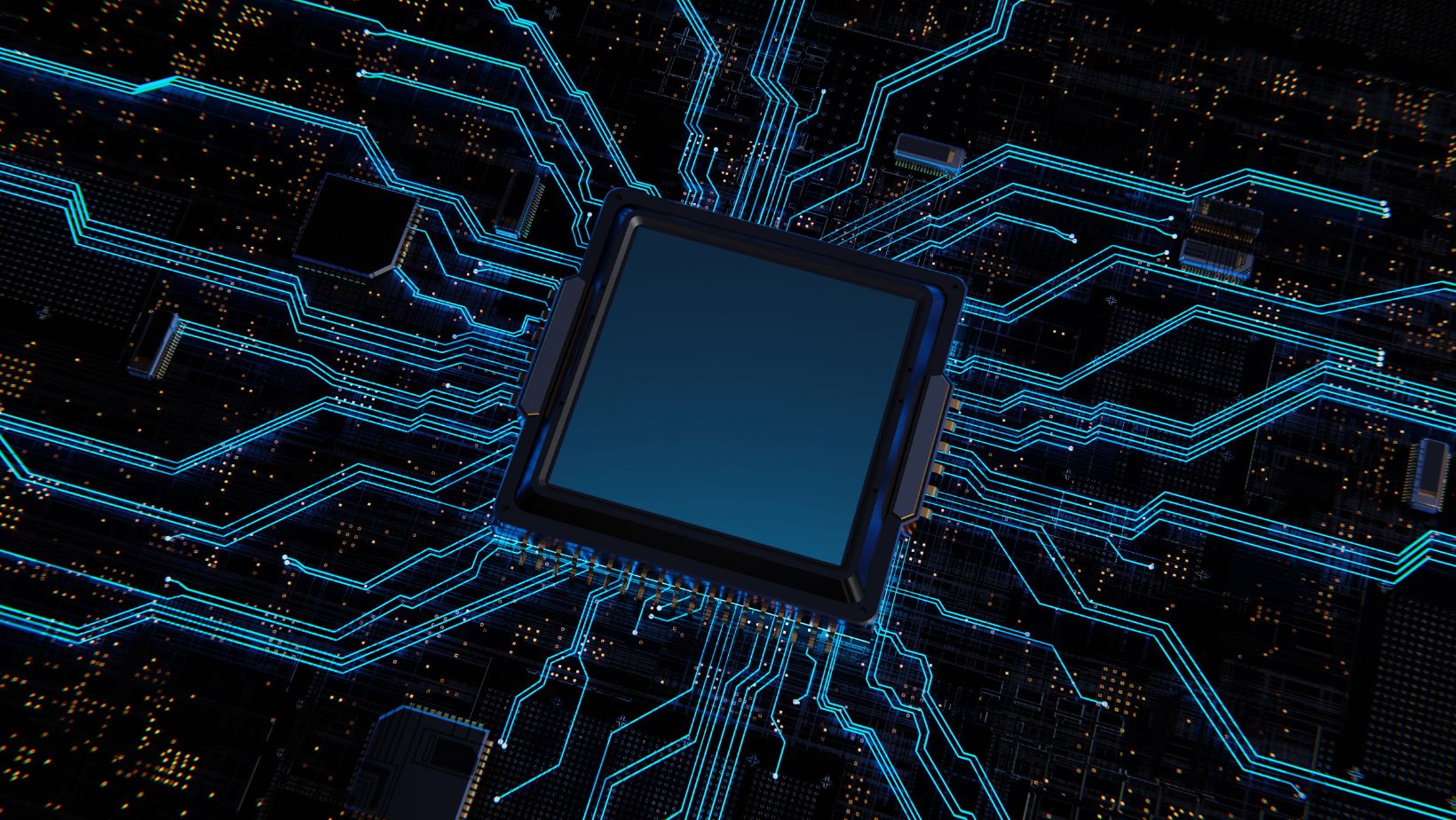 The integration of DFB lasers and DBR lasers has become increasingly important for modern telecommunication networks.
The integration of DFB lasers and DBR lasers has become increasingly important for modern telecommunication networks.
DFB laser solutions are known for their ability to maintain stable, precise wavelengths, making them essential components for data transmission over fiber optics. Understanding how these lasers function and the best practices for their integration can significantly enhance network efficiency and connectivity.
Introduction to DFB/DBR Lasers
DFB (Distributed Feedback) and DBR (Distributed Bragg Reflector) lasers are specialized semiconductor lasers that emit light at specific wavelengths. 
Key Aspects of Integrating DFB/DBR Lasers into Networks
Successful integration of DFB/DBR lasers into telecom infrastructure depends on several factors. Firstly, the wavelength must align with the specific requirements of the network, ensuring optimal performance. These lasers can be precisely tuned to various wavelengths, which makes them ideal for dense wavelength division multiplexing (DWDM) systems where multiple data streams travel through a single fiber. Additionally, the setup process should consider power efficiency and laser stability to prevent data loss and enhance connectivity.
Benefits for High-Speed Network Applications
One of the significant advantages of DFB/DBR lasers is their ability to support high-speed data transmission, making them suitable for telecom and data center environments. Their precise wavelength control helps reduce signal degradation and allows for high data throughput across extensive networks. This efficiency translates into faster, more reliable connectivity, which is crucial for modern applications, including cloud computing, streaming services, and real-time data exchange.
Practical Use Cases and Examples
DFB/DBR lasers are widely used in various telecommunication and fiber network applications. For example, they play a key role in metropolitan area networks (MANs), where they help connect different parts of a city through high-speed optical links. Another common use case is in data centers, where DFB lasers support the connection between servers, enhancing data transmission speeds and reducing latency. They are also used in 5G networks, where reliable, high-capacity links are essential for maintaining smooth connectivity across multiple devices.
Recommendations for Selection and Setup
When choosing DFB/DBR lasers for network integration, consider factors such as the desired wavelength, power output, and operational stability. It is essential to match the laser’s specifications with the network’s requirements to ensure optimal performance. Proper setup involves configuring the laser for maximum efficiency, including calibration for precise wavelength control and ensuring compatibility with existing network infrastructure. Consulting with laser manufacturers can also provide insights into the most suitable solutions based on the network’s specific needs.
In conclusion, integrating DFB and DBR lasers into telecommunication networks offers numerous benefits, from enhanced efficiency and connectivity to supporting high-speed data transfer across vast distances. Understanding how to select, setup, and integrate these lasers can greatly improve the performance of modern fiber optic networks.
Bob Duncan is the lead writer and partner on ConversationsWithBianca.com. A passionate parent, he’s always excited to dive into the conversation about anything from parenting, food & drink, travel, to gifts & more!

